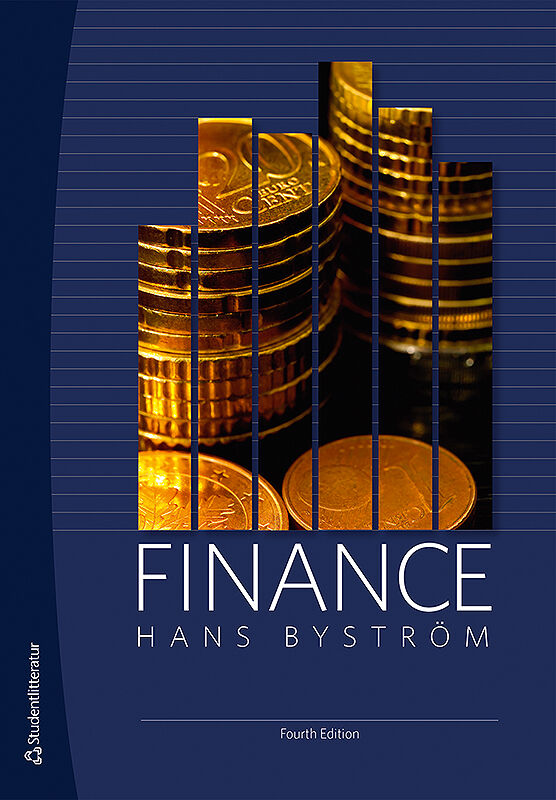

Finance
Markets, Instruments & Investments
Skickas följande arbetsdag
Hitta produkten hos våra återförsäljare som levererar utanför Sverige
Innehållsförteckning
Information
- Författare:
- Hans Byström
- Språk:
- Engelska
- ISBN:
- 9789144138312
- Utgivningsår:
- 2007
- Revisionsår:
- 2020
- Artikelnummer:
- 33042-04
- Upplaga:
- Fjärde
- Sidantal:
- 256
Digital produkt
Giltighetstid från aktivering: 24 mån